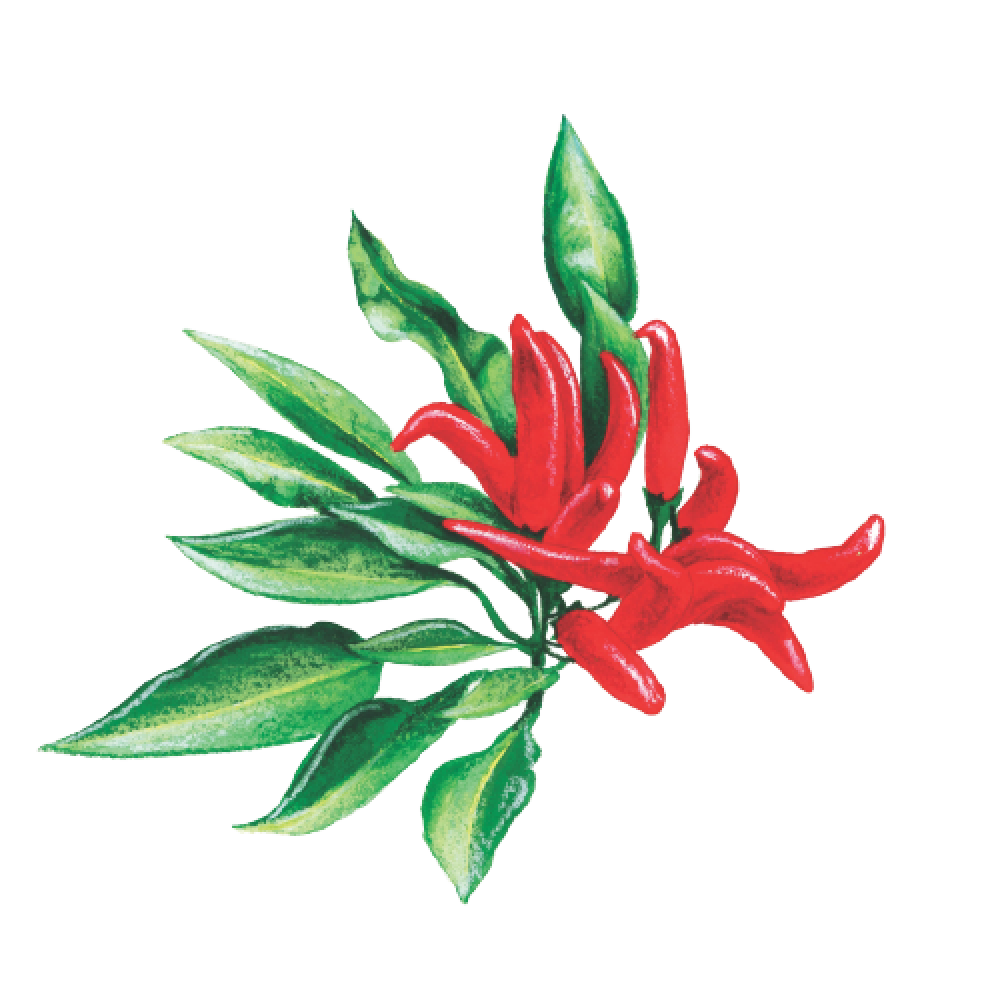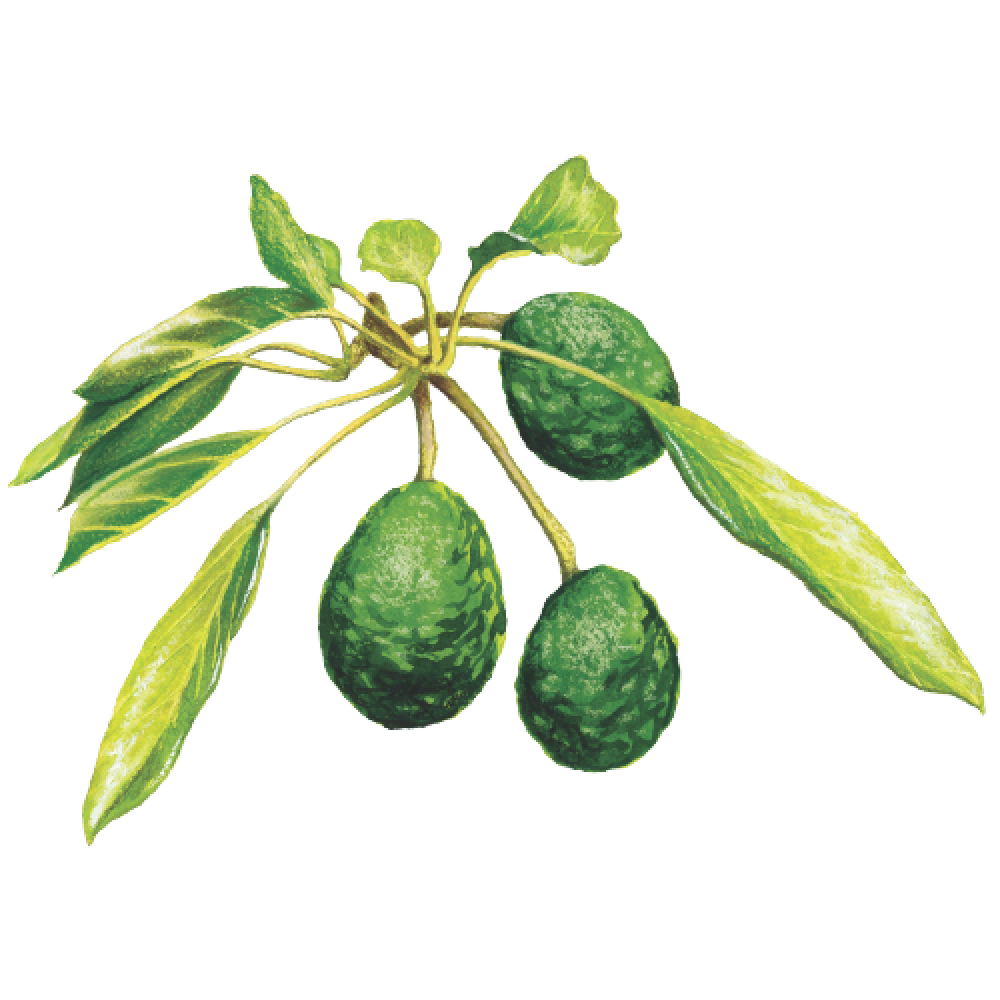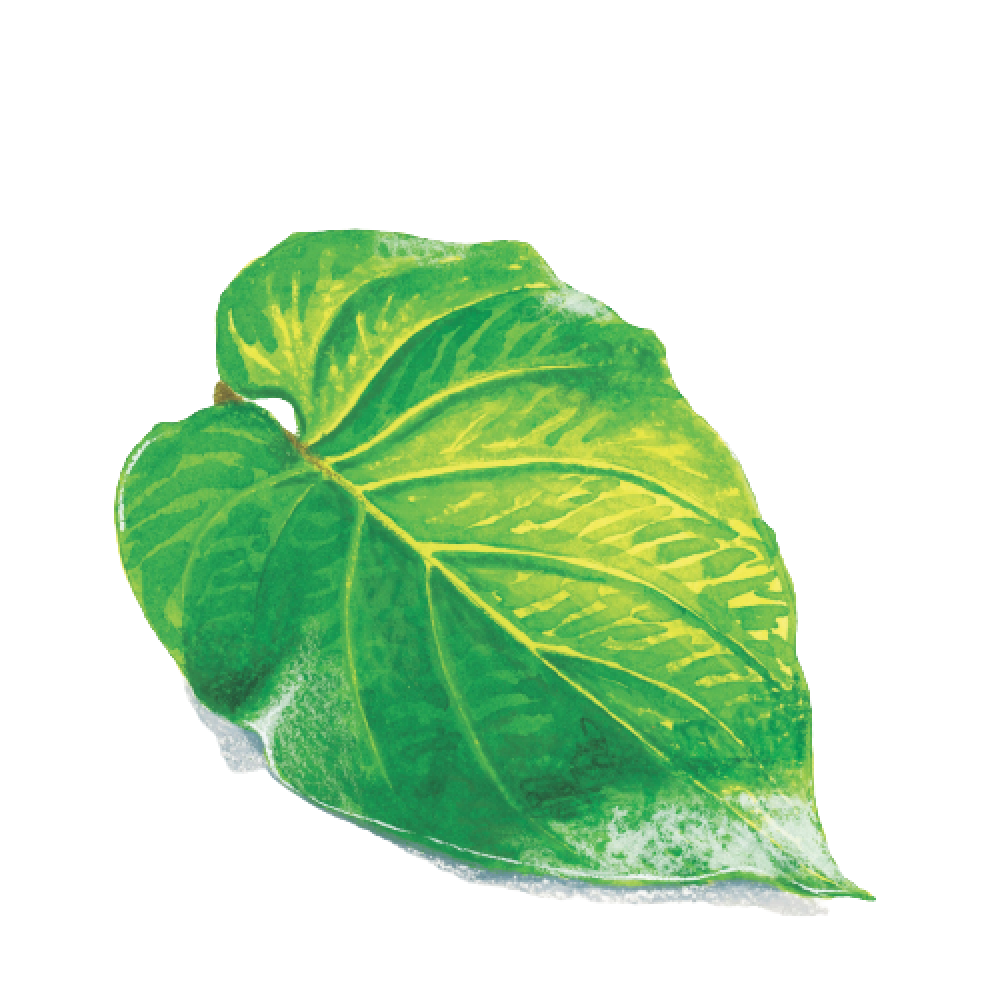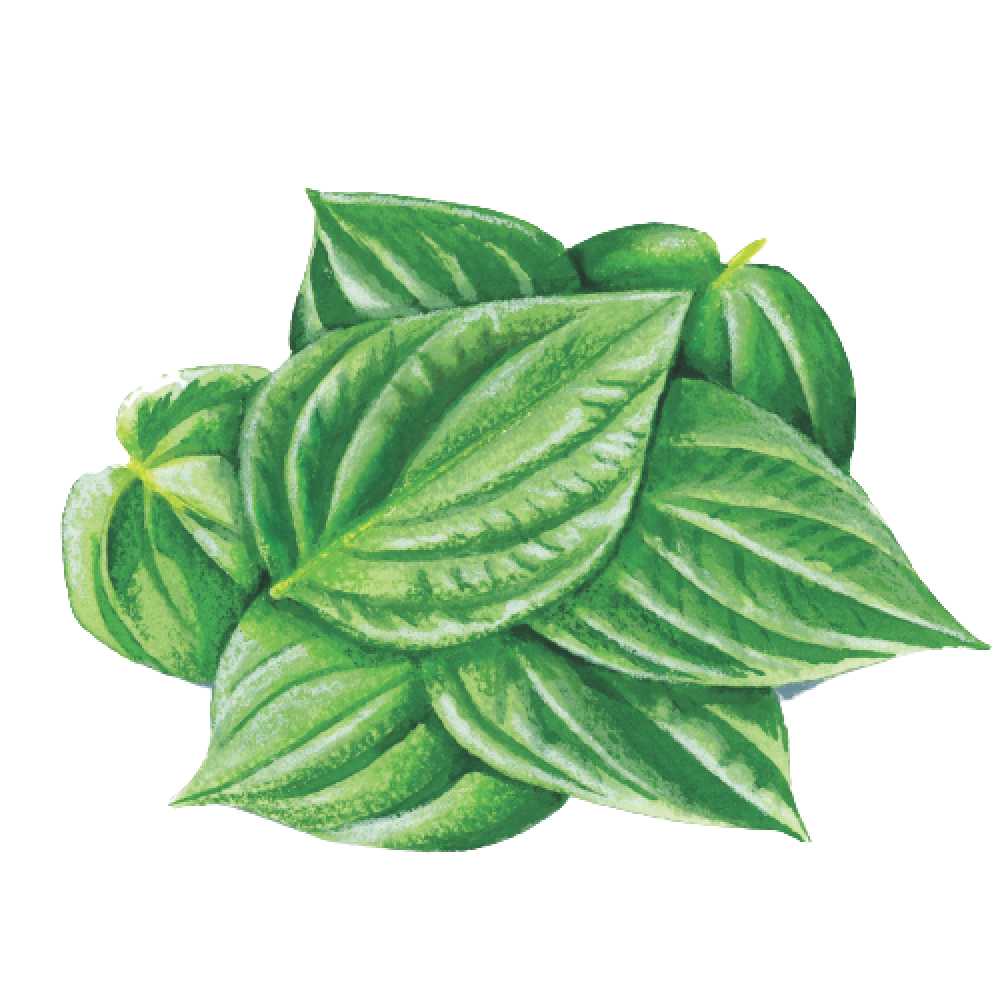Flavorful Leaves play a vital role in cooking around the world. Bay Laurel, for example, is used from Mexico to Indonesia to infuse dishes with subtle floral-peppery notes. And most cooks are familiar with the potent flavors delivered by fronds of dill, sprigs of rosemary and lush leaves of mint and basil. But those usual suspects are just the start. Here’s a sampling of aromatic leaves you may not have considered.

CINNAMON
Though the cinnamon tree is best known for its bark, its elongated, leathery leaves also have a mild cinnamon flavor when fresh. The spicier, more pungent dried leaves infuse unique flavor into stews and cooking water for rice dishes (try substituting a few cinnamon leaves for bay in your next recipe). Sometimes known as Indian bay leaf for their use in curries, the inedible leaves also are common in Jamaica, where they’re used in cornmeal porridge and jerk marinades.
CHILI
The young, tender leaves of chili plants may lack the spicy heat of the fruit, but they are used to add a slightly sweet, grassy flavor to dishes across East Asia. They are used as a salad green in Korea, cooked with pork or chicken in Chinese stir-fries and added as a finishing garnish to the Filipino chicken soup, binakol. In Thai cuisine, they’re added to green curry as a natural food coloring, since their bright green preserves the color without the unmanageable heat that would come from an equally green chili-packed sauce.


AVOCADO
Common in Mexico, the olive-toned dried leaves of the avocado tree are first toasted to highlight nutty aromas and bring out a mellow anisey flavor. They then can be ground to add a mild licorice-like flavor to black beans, crumbled atop a variety of moles or laid as a bed upon which to roast meat. Leathery fresh leaves sometimes are used to wrap meat or fish, or are added to the filling of steamed tamales.
HOJA SANTA
This plant’s wide, fuzzy leaves measure 6 to 12 inches across and carry a flavor comparable to root beer, with hints of licorice, eucalyptus, black pepper and nutmeg. An essential ingredient in Mexico’s mole verde, the leaves are used in savory or sweet recipes, as well as in salsas and to wrap meat, fish or even tamales. The name, “sacred leaf,” comes from a Mexican legend that Mary dried diapers of the infant Jesus on this plant, though its native range is from Central America to the Southwestern United States.


BETEL
Betel nuts are chewed as a stimulant in parts of Asia and Africa, but the less potent leaves of the Acera palm tree show up in cooking across a wide swath of Asia. In Vietnam, they’re stuffed with ground beef and spices. In India, they’re stuffed with nuts and candied fruit for meetha paan; the peppery, bittersweet leaves help balance the sweetness. On their own, they’re sometimes chewed as an after-meal breath freshener. They also can be battered and deep-fried to form the base of a nacho-like snack topped with spices, chutney and cheese curd.



